Thinking about the effects of technology is no unnecessary luxury
Students come to TU/e to study and to learn a profession. Therefore, a course on ethics under the heading User, Society, Enterprise (USE) often feels like an unnecessary extra burden to them. Compulsory philosophy and ethics classes? That usually leads to bored faces, even if you get five credits for it. And so, teacher Mandi Astola and two of her colleagues decided to clarify the deeper meaning of technology for our society in a different way. The students presented their projects and shared their experiences last Monday, June 17th.
Last week, students dealt with some of the (ethical) issues that regional companies and a number of student teams are faced with. The presentation of their projects in the Senaatszaal of the Auditorium showed a wide variation that proves that the USE ‘basic course’ doesn’t just encourage people to think, but also produces engineers whose horizons expand beyond professional knowledge alone.
“USE has something of a bad reputation among students. It’s compulsory and not what they came to TU/e for,” Mandi Astola says. She is a second-year PhD student (philosophy and ethics) at the department of Industrial Engineering & Innovation Sciences who focuses on the ethical aspects of co-creation. During her second course, she decided to take a different approach. “It’s an experiment. We are still working at ways to make the course more relevant to students so that they will really get something out of it and enjoy it.”
Flipped classroom
Astola applies the flipped classroom, a teaching method without lectures in a classroom. Students watch videos on YouTube and read up before the course starts. After that, she gives an introductory talk for fifteen minutes about a theme or subject, and then the students start to work. The central issue is an ethical problem a company or a student team is faced with. It involves lighting project Jouw Licht op 040, architectural firm Pauwert Architectuur, community-based Virtual Power Plant (CVPP) Loenen, and three TU/e student teams: SOLID, Casa and Red.
“The students come up with a product or process for their clients. The groups are made up of students from different departments. Designing technology is also a matter of ethics. For instance, when you create a new speed bump, you’re not just making a physical object. You also infuse it with a moral value. You force a car to slow down. Why do you do that? To increase safety, to protect the environment, or to combat cut-through traffic? During our course, we ask students to seriously think about that,” Astola says.
Co-creation
“It’s all about co-creation with each client. Team Casa builds a house filled with sensors and asks itself how occupants can retain control. Group C2.4B has committed itself to Team Casa. Adam Szeidovitz, bachelor's student of Sustainable Innovation, enthusiastically talks about how they have made sure that more information becomes available on what people want with regard to sensors in their home. “In an online survey, residents can indicate per category (for example ventilation or climate) which sensors they want and don’t want. The group wants to compare data from residents who have more and less background knowledge to see if that makes a difference in the permission they grant.”
Project group WZI1 looked at a new way of selecting residents for social housing. In the past, that was usually by amount of years being registered on the waiting list. Later the concept of lottery was added. But are those the most appropriate ways?
“We want the involvement of future residents in our project, but how do you arrange that ethically? And how do you ensure that everyone is heard?” Those are some of the questions that Theo van Hoeve from Pauwert Architectuur (client in the project) struggled with. The students thought of a point system where people earn points with their involvement.
Bachelor's student Architecture, Urbanism and Building Sciences Rushil Raj Kapoor explains how it works: “Points can be earned for attending meetings, thinking along in the project and making an extraordinary creative contribution. The people with the most points and therefore the highest involvement have the first choice for a house. That way you get the people who really want to contribute to the development of a living environment.” Van Hoeve experienced the collaboration with the students as very nice. "Good ideas have been suggested that we can really use."
The interdisciplinary element has unfortunately not fully found its way into every group layout, but that does not mean that no good ideas have come up. Group C1.1C consists solely of Industrial Design students and made a creative tool for selecting iron partners for Team SOLID. They asked Team SOLID values that are important in a partner, such as commitment to improving the environment. Subsequently, ethical theories were compared with which the correct weighting was given to each aspect.
What do the students think?
In previous years, students were given practical examples from news articles: engineers in China construct a dam, people are angry, how do you act according to ethical theories? “And then they had to write a report about ethics. Oh, I understand that some people aren’t that interested when you approach it like that”, Astola says. The group with the most striking prototype (JLO 040-3) gratefully used the freedom of presentation during the course. They delivered a video instead of a classic essay. The prototype attracts quite a few people. Irvi Cela, bachelor’s student Architecture, Urbanism and Building Sciences enthusiastically explains that it’s about the ethics behind social lighting. The prototype opens the discussion on issues such as privacy and security.
Astola: “Until recently, the basic principle was: what do we course instructors believe is important for students to know? Now, we’re trying out a reversed approach: what do students believe is important to know? That is the essence of our new working method and we notice that students really take to the plan.” Bachelor’s student of Architecture, Urbanism and Building Sciences, Marcin Urban, finds the project very mind opening. "We have learned a lot about collaboration, both within the group and with external partners."
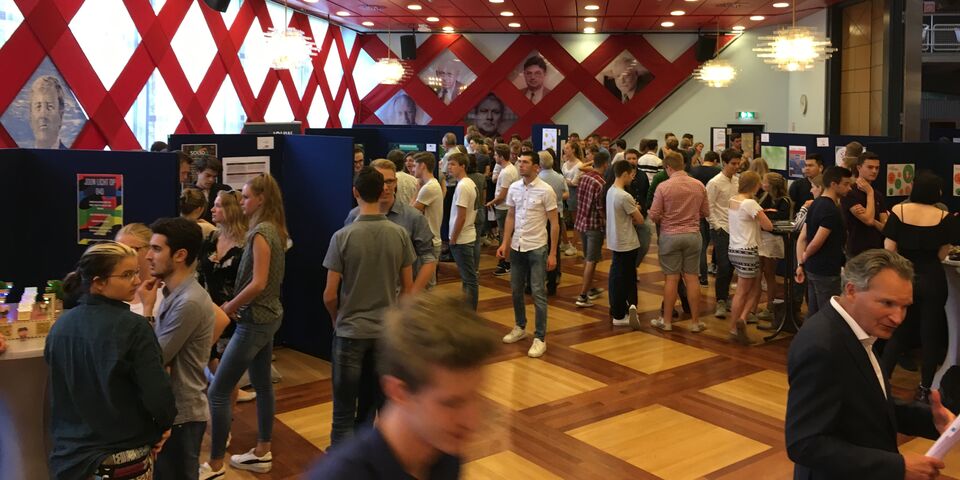

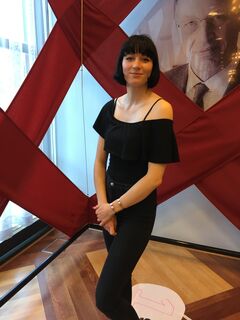
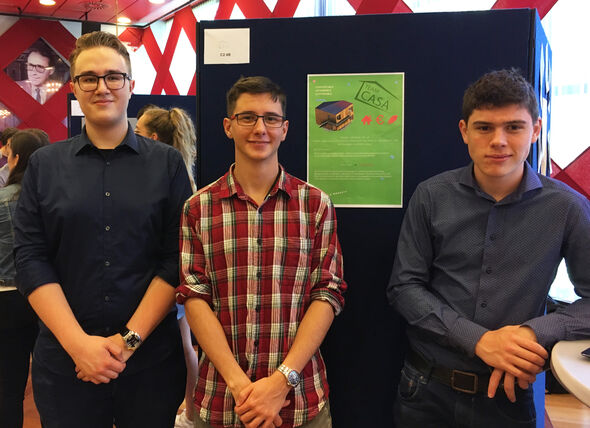
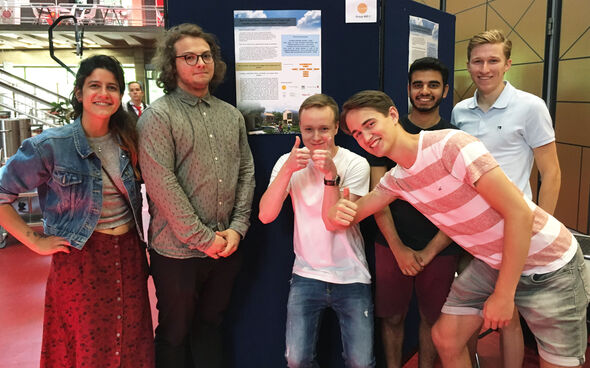
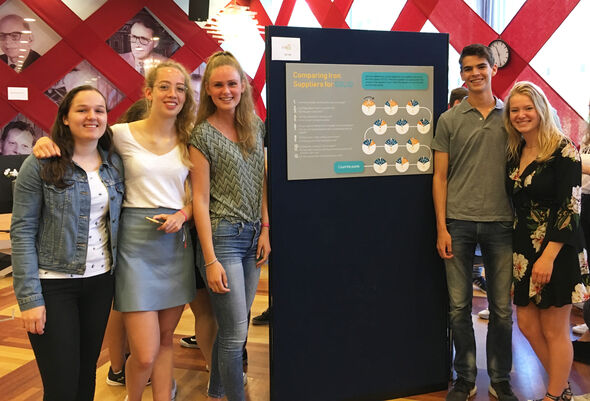
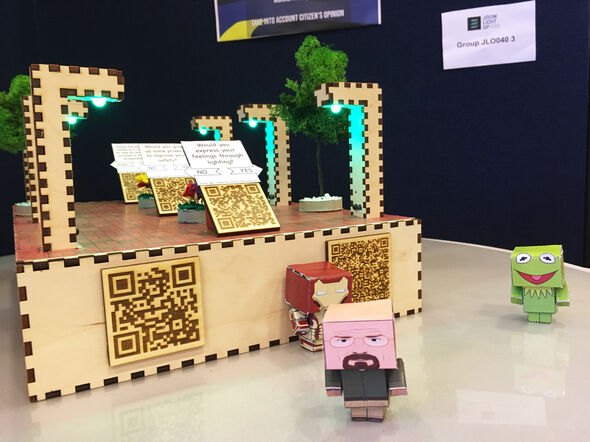
Discussion